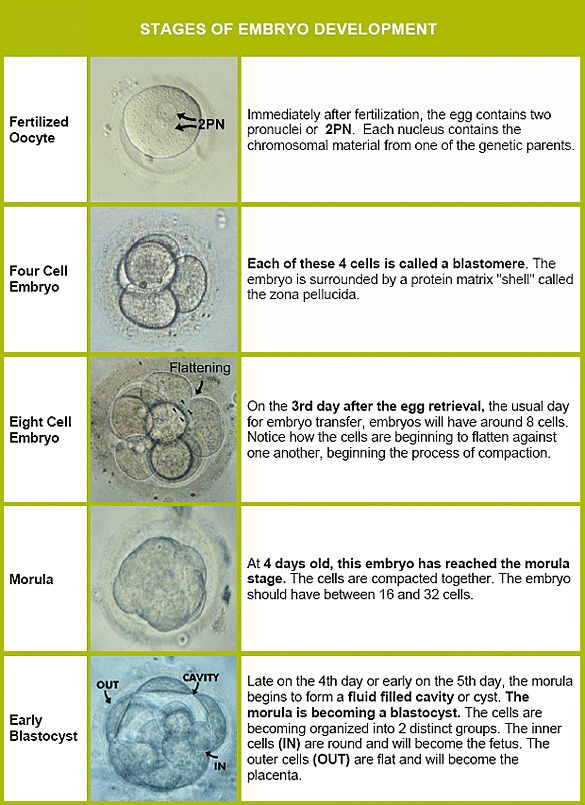embryo thawing process
Slow freezing and vitrification. The most advanced embryo that we freeze is between 100 to 120 cells which is known as a blastocyst.
Embryo thawing is the procedure to recover previously frozen embryos prior to an embryo transfer.

. Your healthcare provider will talk to you about whether your embryos are suitable for freezing thawing and implantation. We would always counsel on the risk of a failed thaw and can thaw a second if available so a cycle isnt wasted. After the embryo is retrieved from liquid nitrogen storage and all patient identifiers are checked it is placed in a prepared dish and processed through several drops of thaw materials.
The process of thawing the embryo is the opposite of this freezing process. Push contents out of straw with wire rod or plastic plunger into room. The process is a routine procedure at Life Fertility Clinic.
We know that only very good quality embryos are able to withstand the freezing and thawing process. Since the embryo is dehydrated during freezing it must slowly and carefully be rehydrated while it is first being warmed to room temperature. Remove straw top plug and load the straw into a warm ET gun.
Thawing takes very little time just about an hour so transfer day is eventful. To schedule a. The embryo thawing technique itself depends on the freezing process that was used.
Embryo quality will be discussed with you before your embryo transfer. This rapid thaw method does minimal damage to the embryo from ice that could form during warming. Hold the embryo straw in the air for 10 seconds followed by submerging it in the 95F 35C water bath for a minimum of 30 seconds.
The cryopreservation embryos that are coming out of the freezer at 196C are warmed to body temperature in 2-3 seconds. What are the risks of freezing embryos. The embryos are thawed either the day before or on the day of the scheduled embryo transfer.
Procedures using eggs harvested from people age 35 or younger have the highest chances in resulting in a pregnancy. The embryo is warmed through a series of water baths and air along with the removal. In the former ice crystals are formed in a controlled manner using low concentrations of cryoprotectants and a gradual decrease in the temperature.
After a couple weeks of preparation its time to thaw the frozen embryos and transfer them to the hopeful mother. Our scientists explain vitrification the process used to freeze embryos and the storage methods involvedFor more information contact your local City Ferti. It is a less precise but faster process.
The embryos are then cooled down to -30 C and stored in liquid nitrogen. A frozen embryo transfer FET is a type of IVF treatment in which a cryopreserved embryo created in a previous egg retrieval cycle is thawed and transferred to the uterus. A cryopreserved embryo can also be a donor embryo.
We do not freeze embryos that do not have a good chance of surviving the freezing and thawing processes. The embryo is warmed up much faster than it is cooled using air and warm water baths in as little as 20 minutes. Remove from water and gently wipe straw dry.
Holding firmly cut off the sealed end midway though air column at mid-point of PVA plug. It can help people preserve fertility until later in life. Embryo quality is a clinical judgement made by a Clinical Embryologist.
The embryos are then ready for transfer to the uterus. Remove the thawed straw from the water bath and dry thoroughly with a paper towel. It is around 120 microns or about a tenth of a millimeter in size so it is very conducive to.
Embryo thawing the last step of the cryopreservation process. Usually top quality embryos are the ones who can withstand the process. Often FET uses frozen embryos a gestational parent has from a previous conventional IVF cycle.
Embryo thawing is the reverse of the freezing process and involves warming the embryos to room temperature to allow the transfer back into culture media at 37C in CO 2 incubator. Our thaw survival rate is approximately 96 for blastocysts. The cryoprotectant is removed from the embryo and replaced with water rehydrating the cells.
Over 95 of frozen embryos survive the thawing process. The cotton plug should be visible from the back once loaded. A frozen embryo transfer FET cycle means thawing one or more embryos frozen during a previous treatment cycle and transferring that embryo or embryos to the uterus in order to try to establish a pregnancy.
Embryo freezing embryo cryopreservation is a process that freezes and stores embryos for later use. The thawing process essentially works in reverse. Here you will find our products used to thaw embryos safely and carry on with bovine embryo transfer.
The chance of pregnancy from embryo transfer is largely dependent on the age of the woman when embryos are created. If youre interested in learning more about the frozen embryo transfer process please connect with your SGF medical team. Using forceps grasp straw and hold in air for 40 seconds then plunge into room temperature water until ice disappears.
There are two cryopreservation techniques. The dish is then moved to a heated surface to. Average quality embryos might not survive the process as well as higher quality ones.
The embryologist has to actually remove the antifreeze from the embryo and then replace the water that was removed at the.

Do You Have The Right Fertility Diet Plan To Help You Conceive Fertility Diet Fertility Diet Plan Fertility Foods

Pin On Trying To Conceive Trying To Fall Pregnant

Embryo Development Image Development Biology Stem Human Anatomy And Physiology

Our Embryo Adoption Announcement Adoption Announcement Embryo Adoption Embryo Adoption Snowflakes
















0 Response to "embryo thawing process"
Post a Comment